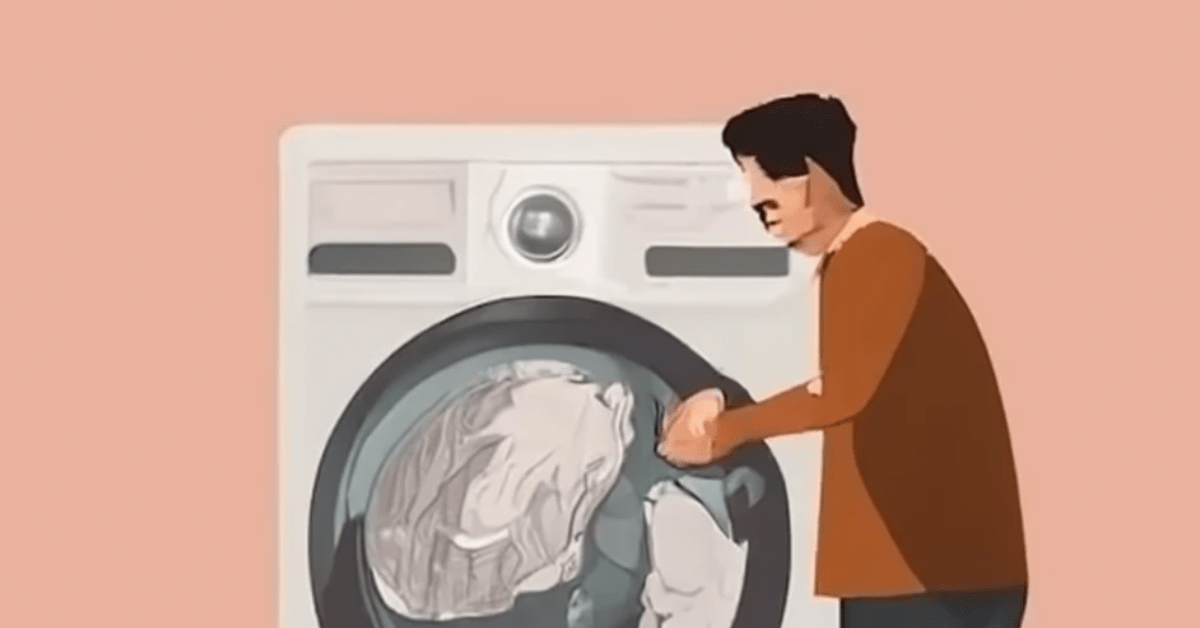Washing and drying laundry for the very first time can be confusing. You’re likely thinking to yourself, am I able to mix whites with colours, or what temperature setting should I use?
Everyone has their own way of doing things and Nina’s Laundrette is no different. In this article, we’re sharing how we wash different types of laundry.
The best way to wash and dry clothes
Sort your laundry (optional)
This step is optional when washing and drying laundry, but it will provide the best result in the long run. Start by sorting your laundry. It’s common to sort laundry into whites, darks, and delicates. This will help to prevent colour bleeding and damage to your clothes. You should also check the care labels for any specific instructions on washing and drying your clothes.
Choosing the right water temperature setting for washing clothes
Our washing machines have three settings, each one is suitable for different types of laundry.
- Hot water: This is ideal for whites and heavily soiled items. This is because high temperatures can help to remove tough stains and kill bacteria effectively.
- Warm water: You can wash most coloured clothes safely in warm water. It’s the best option to remove stains and protect the fabric.
- Cold water: You can use cold water for delicate and bright-coloured clothes. It helps to prevent colour fading and maintains the quality of your clothes.
Drying clothes
When drying your clothes, you should use a low-medium heat setting on your dryer. It reduces the risk of shrinking and helps maintain the quality of your fabrics. If possible, consider line-drying your delicate items to avoid any heat damage.
The best way to wash and dry towels
Separate towels from your other laundry
Towels should be washed and dried separately from clothes and other laundry. Towels are thicker than other items you’ll be washing. Therefore, they need a little more space to ensure they have room to agitate through the washing cycle. Washing towels separately will also help you to prevent lint from towels sticking to your clothes.
Choosing the right water temperature setting for washing towels
- Hot Water: This setting is a good choice if you are washing kitchen tea towels, face washers or any other towels that have been used to clean oils or fats. The hot water will help to melt the oil and fat stains in the washing process.
- Warm Water: This is ideal for your everyday towels and bath mats.
- Cold Water: Choose the cold water setting for any decorative towels where you are concerned about colour fading.
Drying towels
We wash hundreds of kilos of towels every week at Nina’s Laundrette. Our tried and true method is to begin the drying cycle on the medium heat setting. After 15 or so minutes you can change the setting to high if you like.
The reason that we avoid using the high setting from the start of the cycle is that towels retain water from the wash. Starting on a high setting will create a lot of humidity in the dryer which can make the cycle longer than it needs to be.
The best way to wash and dry bedding
Separate bedding from other laundry
You’re probably noticing a theme here. Wash your bed sheets, pillowcases, and duvet covers together separately from your other washing. As they all have a large surface area they will benefit from having more room to agitate in the wash.
Don’t wash your doona with your bedding. We have a dedicated blog article explaining how to wash a doona if you need tips for that.
Choosing the right water temperature setting for washing bedding
- Hot water: White bedding in hot water to keep it bright.
- Warm water: This is ideal for most coloured bedding. It will reduce the chance of the colours running or fading.
- Cold water: Use the cold wash setting delicate or decorative bedding. This setting should also be used for wool items or heavy fabrics.
Drying bedding
Use a low-medium heat when drying bedding. Avoid overloading the dryer when you are drying bedding. Sheets and doona covers tend to bunch together in the dryer. We call it a laundry taco, and when this forms the outside will dry, but the inside won’t. An easy way to avoid this is to throw in 1 or 2 tennis balls, or laundry balls in the dryer to keep everything separate.
Best way to wash and dry pet beds
Pet bed pre-laundry preparation
Before washing your pet’s bed, take it outside and give it a good shake to remove any pet hair and debris. This makes the washing process more effective. It will also prevent you from making any unnecessary mess in your laundry or the laundromat you’re using.
Choosing the right water temperature setting for washing your pet’s bed
Check the label on your pet bed to see if the manufacturer has laundry instructions. if there are no instructions on the bed then we suggest using a medium setting.
Drying pet beds
When drying your pet’s bed, choose a longer cycle with low heat. This ensures the bed is completely dry and free from any smells. Your lovely pet will appreciate their fresh and cosy sleeping spot.
Pro tip: If you’re using a Laundromat, use the washing machine dedicated to pet items.
There you have it, our no-nonsense guide to washing and drying laundry. Everyone has their little tips and tricks for laundry. So feel free to take our advice and add your own spin (pun intended).
If you’re finding that you have followed our instructions but there is a stubborn stain you can’t get rid of. Check our article on removing common stains from clothes.
We can’t wait to see you are our Northcote laundromat.

